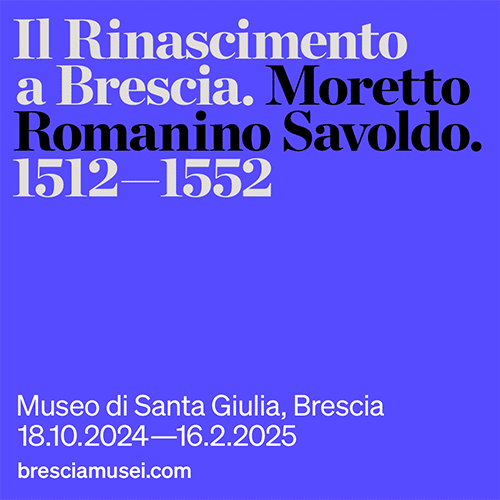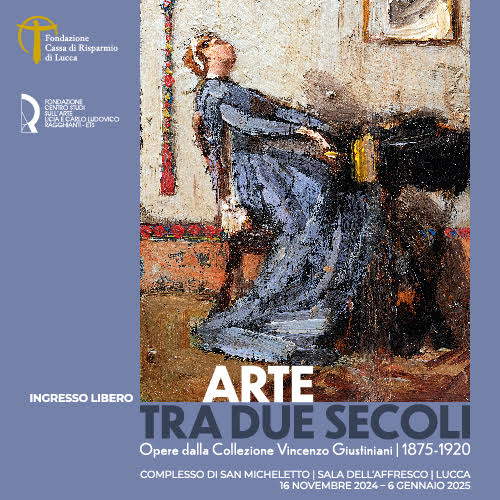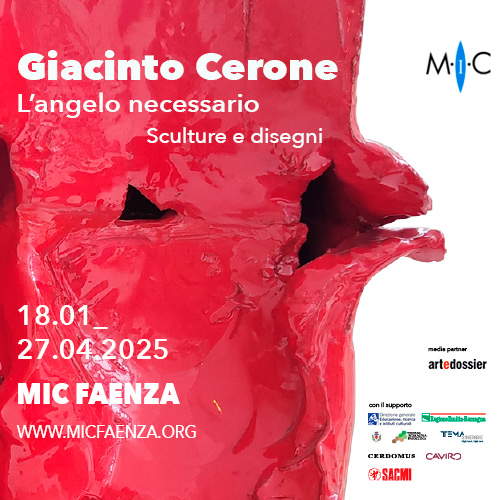Uffizi, on last day of Schmidt's tenure comes two acquisitions and a donation
New arrivals for the Uffizi Galleries on the very last day of the tenure of director Eike Schmidt, who from tomorrow will no longer be at the helm of the Florentine museum. These are two acquisitions and one donation. The first acquisition is a collection of 270 drawings from the famous Roman Valadier workshop. Depictions of historical figures, works of art, precious objects, floral decorations and meticulous architectural geometries: this and much more is contained in the extensive fund that will replenish the Cabinet of Drawings and Prints. The corpus can be traced back to the prestigious activity of the Roman workshop of Luigi Valadier (Rome, 1726 - 1785), the leading Italian goldsmith of the 18th century, and his multifaceted son Giuseppe (Rome, 1762 - 1839), an architect, goldsmith and silversmith whose work was of fundamental importance for the development of Neoclassicism.
The rich core presents a varied range of techniques employed. Depending on the nature of the drawing, a different type of paper and a particular artistic technique was selected: pen and brown ink for quick sketches, elaborate watercolors for complete designs such as so-called “presentation” drawings. Moreover, within the workshop, the creation of each sketch stemmed from the work of several highly specialized masters among whom were identified, in addition to the Valadier and their assistants. Finally, the sketches passed through the hands of numerous craftsmen, who were entrusted, as the operational directions on the sheets show, with the task of transforming the studies into completed works.
Another element of variety is the subjects of the drawings. Fifty-seven drafts depict silverware and liturgical objects, such as altar crosses, chalices, pyxes, and monstrances; sixty-six depict disparate objets d’art, while nearly eighty were intended for dusting, that is, the transfer onto metal sheets of the forms designed on paper. Thirty-nine drawings are devoted to decorations, and nine are preparatory studies for sculptures. Forty-four papers of architectural plans complete the collection, expanding the collection of Giuseppe Valadier sheets housed within the Gabinetto dei Disegni e delle Stampe. Due to the number, quality and close connection of the drawings with the Valadier workshop, the acquisition represents a fundamental enrichment for the Gabinetto dei Disegni e delle Stampe of the Uffizi Galleries, and is intended to be a precise act of protection against the dispersion of artistic heritage, since many of the drawings now held by the Florentine museum have, in the past, been at the mercy of the foreign antiques market.
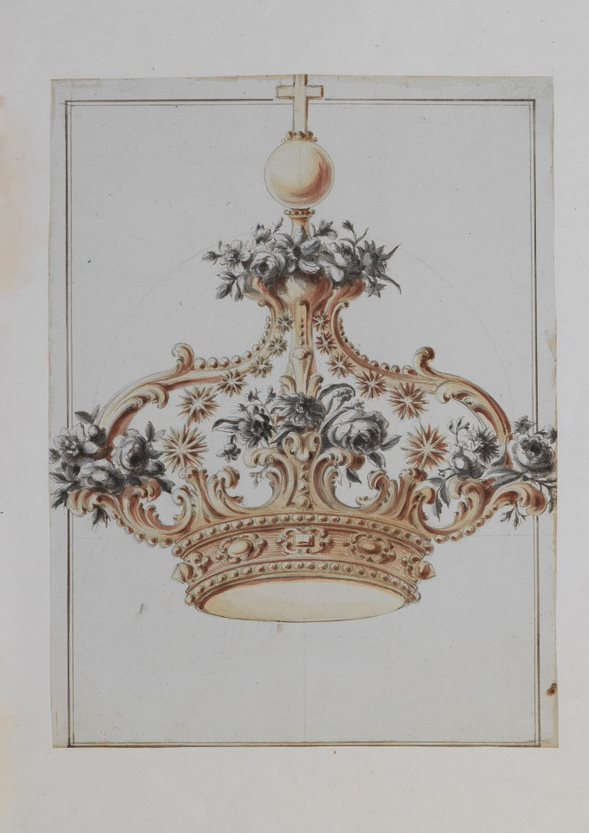
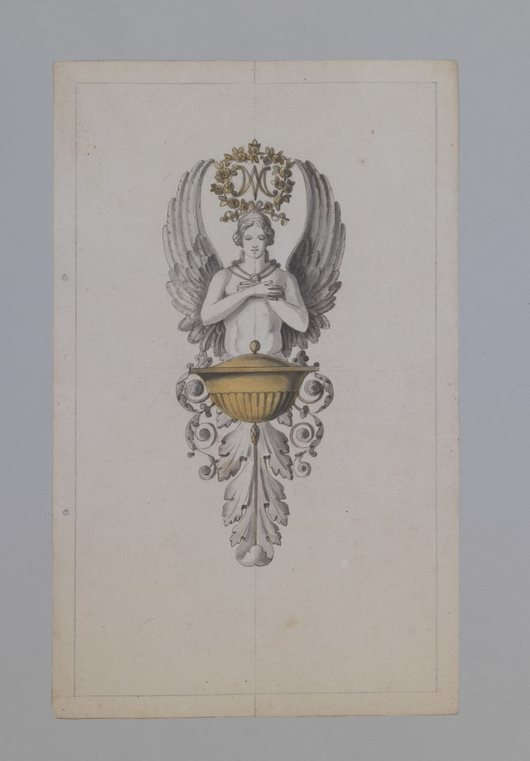
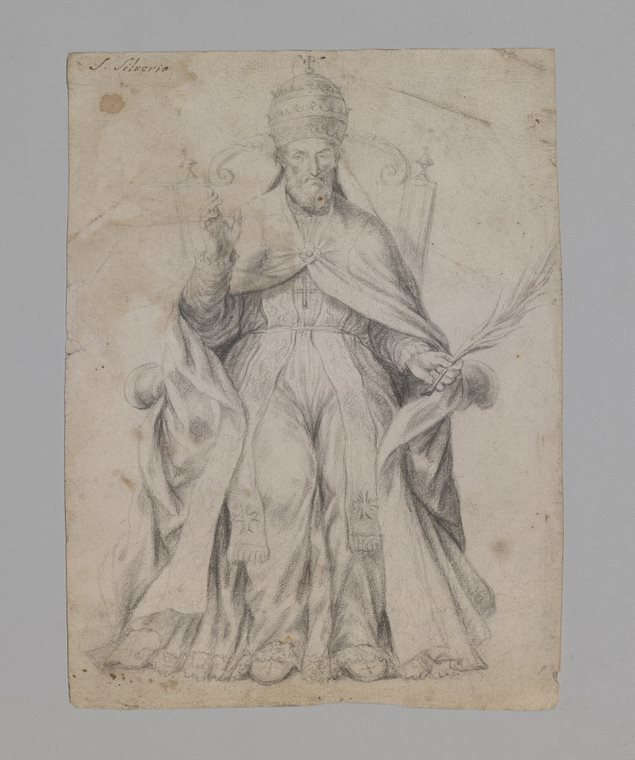 Drawing
Drawing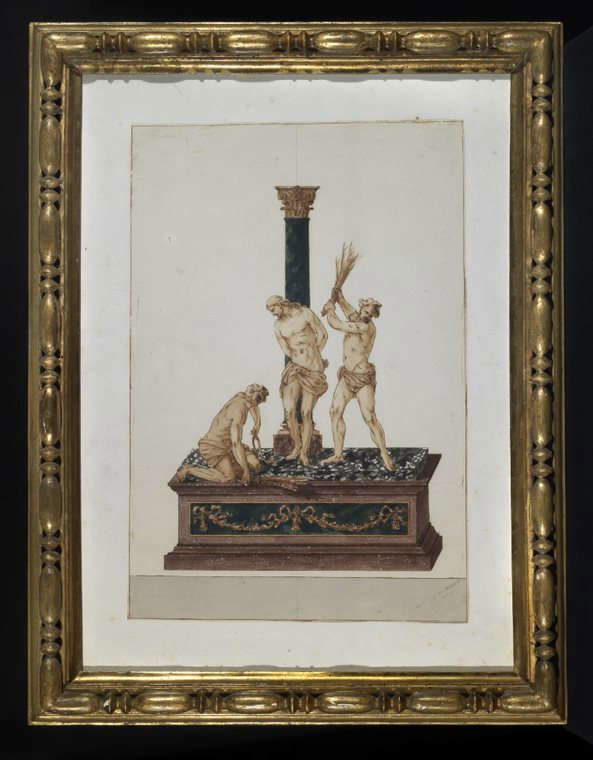

The second acquisition, on the other hand, is destined for the nineteenth-century collection of the Galleria d’Arte Moderna in Palazzo Pitti, and is a double arrival: the Portrait called the Intendant Delanoy by François-Xavier Fabre (Montpellier, 1766 - 1837) and the marble bust of Fabre himself sculpted by Emilio Santarelli (Florence, 1801 - 1886). In the early 1790s the Grand Duchy of Tuscany offered a peaceful refuge for those fleeing France in the midst of the revolution, and among them was the neoclassical painter François-Xavier Fabre, of royalist sympathies, who arrived in Florence in 1793 after having stayed in Rome as the winner of the famous Prix de Rome. He remained there until the 1820s, forging friendships with the artists and intellectuals who animated the enlightened Grand Duchy of Tuscany, such as Alfieri and the Countess of Albany, becoming to all intents and purposes an adopted Florentine. And it was in Florence that the artist painted the portrait just acquired by the Uffizi, signed and dated 1809, in the very early days of the reign of Napoleon’s sister Elisa Baciocchi, who ruled the grand duchy until 1813. While there still remains some doubt that the traditional identification of the young man in uniform withIntendant Delanoy is truly reliable, the setting is indubitable: the character is depicted standing on a terrace of the Boboli hill, overlooking the city center and the dome of the Duomo, Giotto’s bell tower and Orsanmichele. His botanical interests are underscored by the book he holds in his left hand, a volume by Swedish naturalist Carl Nilsson Linnaeus, known as Linnaeus, while with his right hand he points to a flowering vase. The high pictorial quality of the portrait allows it to be counted among the best made by Xavier Fabre, whose portraits of the famous Romantic couple, Vittorio Alfieri and Luisa Stolberg, Countess of Albany (1793), the Uffizi already possesses.
Emilio Santarelli, author of the marble bust of François-Xavier Fabre, effigyed with extraordinary neo-Renaissance elegance, was, on the other hand, the son of the sculptor and ceroplastist Giovanni Antonio Santarelli, but he was named universal heir by Fabre himself, so much so that it has been suggested that the painter was actually his natural father. Because of the central role François-Xavier Fabre played in the cultural landscape of Florence in the early 1820s, these two acquisitions constitute, according to the Uffizi, a very important enrichment for the collections of the Modern Art Gallery of Palazzo Pitti for which they are intended. “I am particularly happy to conclude my second term as director of the Uffizi Galleries,” comments outgoing director Eike Schmidt, “with the purchase of the bust of François-Xavier Fabre, sculpted by Emilio Santarelli, his universal heir and perhaps also his natural son; and of the extraordinary portrait of either Intendant Delanoy or another prominent, still mysterious personage who was so passionate about botany that he had himself portrayed in the Boboli Gardens, with the panorama of Florence behind him. Exhibited in the Tuscan capital for a few months in an exhibition some 30 years ago, the painting now returns forever to its place of origin, testifying to Florence’s fundamental role in international relations throughout the Lorraine period.”
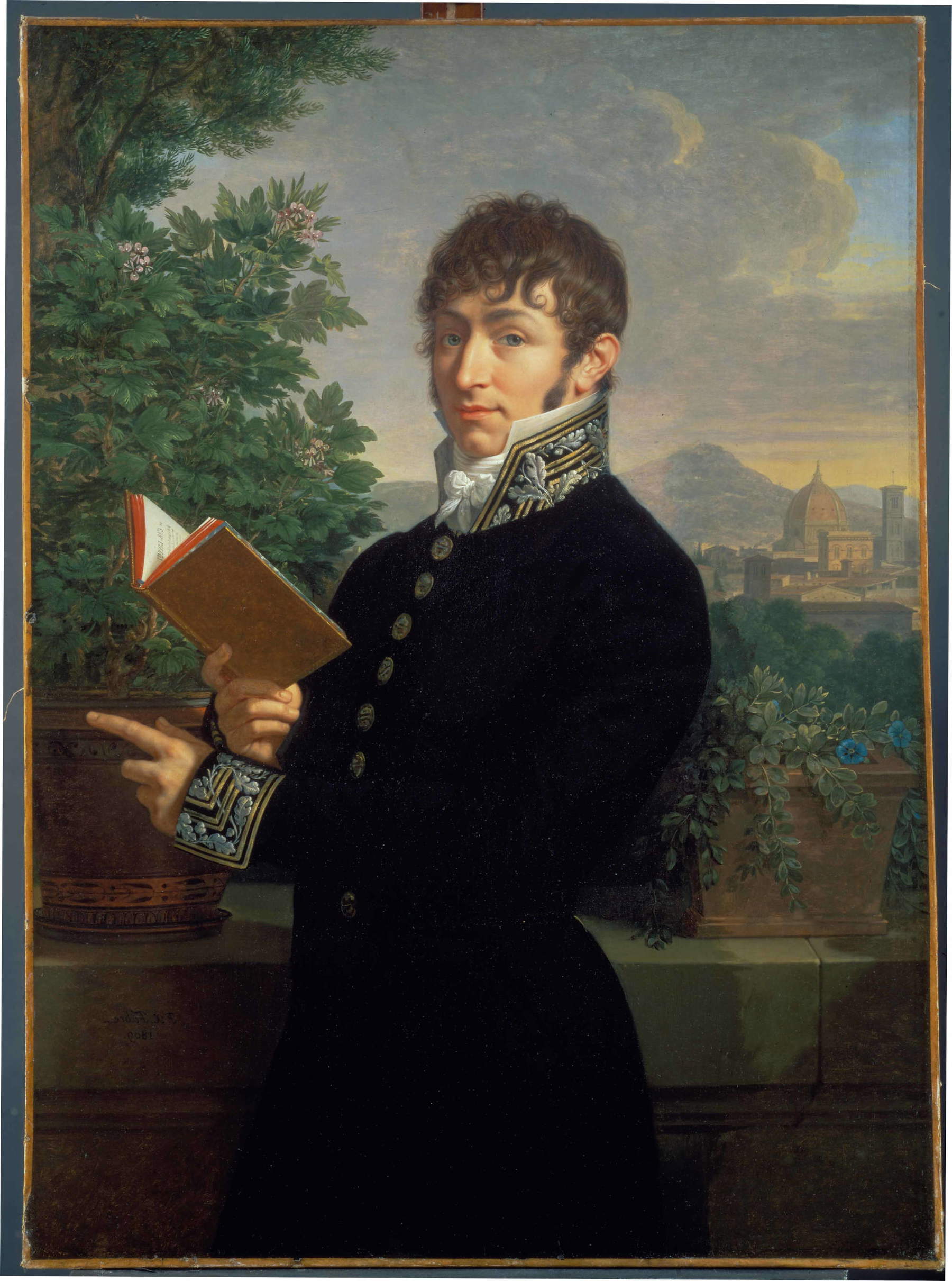

Finally, the donation is theself-portrait of Portuguese artist Joana Vasconcelos. It is a work made from a variety of materials, in perfect ... Vasconcelos style: an impression on aluminum was used as a base for the artist’s face, which was then covered with a colored crochet hook. The whole thing was then placed within a faux-antique frame, while the choice to add croquet builds a direct connection with one of the installations currently in the artist’s exhibition at the Uffizi Galleries, Between Sky and Heart, which possesses the same feature: it is Happy Family, exhibited in the Sala di Bona in Palazzo Pitti). Between Sky and Heart can be visited, in the dual location of the Uffizi and Palazzo Pitti, until January 14.
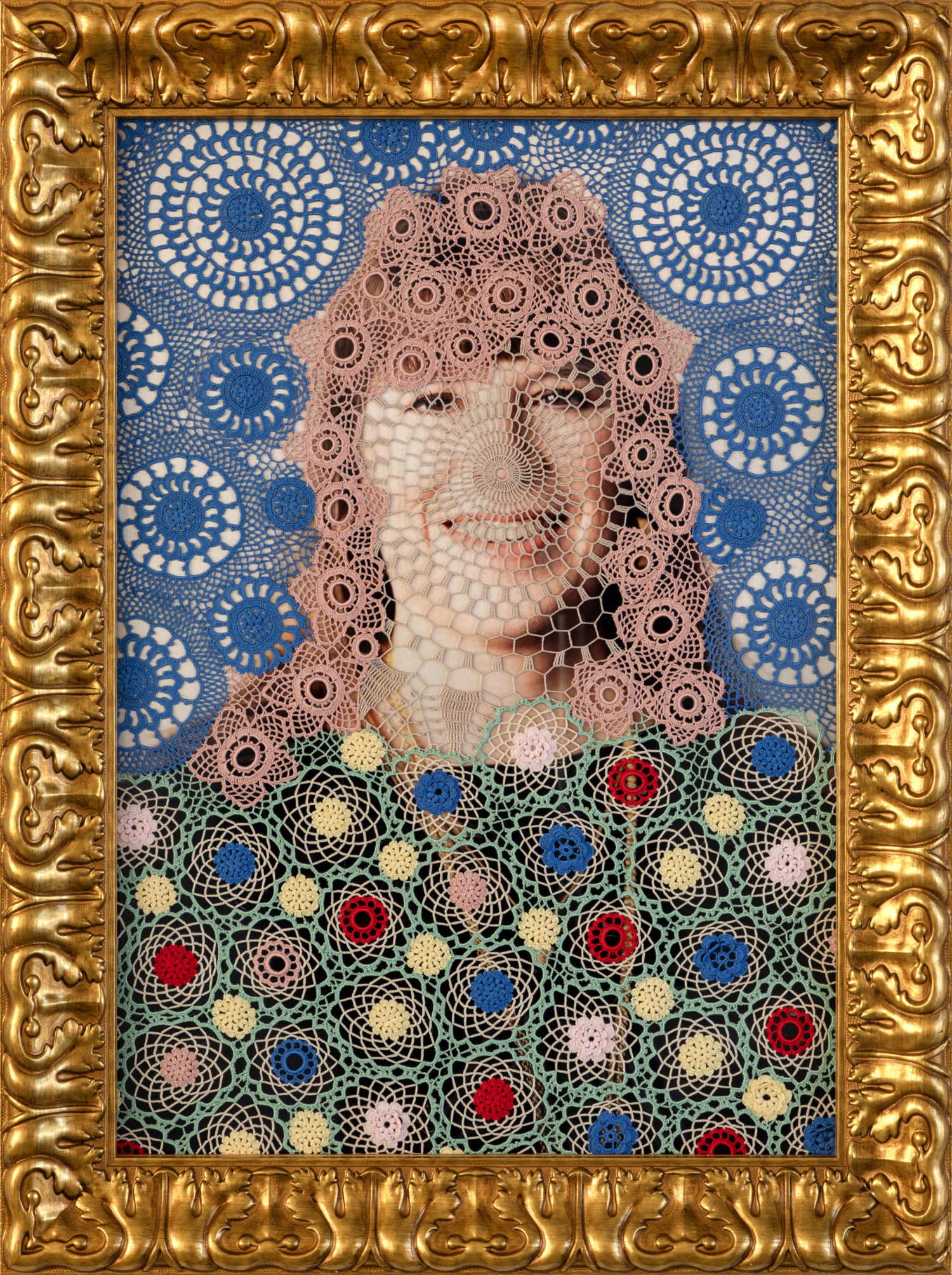
 |
| Uffizi, on last day of Schmidt's tenure comes two acquisitions and a donation |
Warning: the translation into English of the original Italian article was created using automatic tools. We undertake to review all articles, but we do not guarantee the total absence of inaccuracies in the translation due to the program. You can find the original by clicking on the ITA button. If you find any mistake,please contact us.






